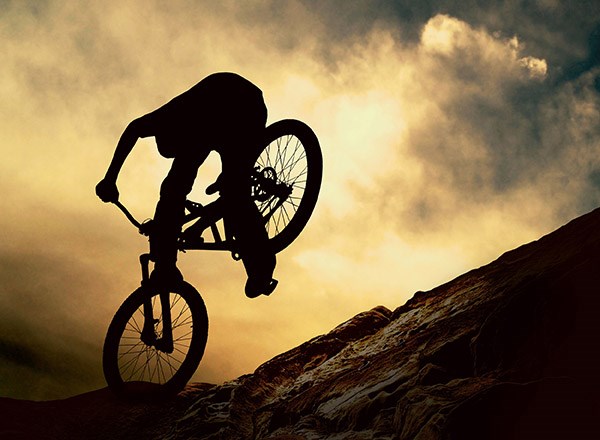Last week there were a number of discussions floating around regarding the current state of mountain bike trails and the trend of “dumbing down” while performing maintenance. These discussions are nothing new and seem to position themselves back in the limelight every six months or so – usually around spring and autumn, a time when trail work is often kicking into full swing and at the top of everyone’s minds.
These recent discussions were spurred on after Vernon Felton, a very well-spoken individual and contributor at the popular publication, Bike Magazine, ran an article that painted all too common of a picture for many riders in the Sea to Sky Corridor. That picture was essentially of a rider whaling down one of their often-enjoyed trails, only to discover a challenging section to have been removed in the name of maintenance and sustainability.
Many of us have experienced it and with mountain biking becoming a more “mainstream” hobby for the masses, it seems to be happening more often. Now before we dive into the rabbit hole, let me add the disclaimer that neither I, nor any of the people that were – and often are – involved in these conversations, are condoning illegal trail building or crying that the network in Squamish should be riddled with trails that only a minority can muster up the courage to charge down. This just isn’t the case. What many agree to being frustrated by, however, is when trails receive maintenance only to be “downgraded” from what was once intended.
A number of fanatical riders are noticing an obsession with making all trails accessible to the majority, even if it means toning down the aggressive nature of an advanced trail, or section thereof, despite that being its very character. Often the frustration from riders isn’t that the trail received work, as most are more than thankful for it, but rather the challenging aspects are gone, leaving it very similar to all the other intermediate trails in a given network.
You see, pretty well all involved in these semi regular conversations agree that trail networks should include a wide variety of trails, and heck, if the majority of it is green, blue and even a challenging blue, that would be best (as it turns out the Squamish network is mostly a mix of these). But removing features from an advanced trail, often at the future demise of the soil in that area, is regularly found to be unwarranted and actually harming it from a sustainability point of view – the card often waved around as the reason for the characteristic pieces being taken out.
Some speculate that the actions being taken toward the removal of challenging features are performed by riders that don’t enjoy that particular section of trail. Whether or not this is true, I’m not sure it is the scenario as often as some would like to believe. And although it may not be the case, there is a trend appearing where more and more riders “expect” to be able to clean an entire trail. This is likely thanks to there being more people on the trails rather than a shift in thinking, but nevertheless, it seems less people than in the past are seeking out demons that they struggle with for weeks, months, or even years before conquering, which is a real shame.
Challenges are what many of us that mountain bike thrive off, especially in a town as competitive as Squamish. But that very competitiveness also drives many to despise a section of trail because they may not feel as comfortable on it as others. It’s time to suck it up. Accept it as a challenge of its own and work towards conquering it. We all have our demons; that section of trail that keeps claiming us, that we feel completely awkward on or that we have to (gasp) walk. If this sport were easy we would get bored and before long return to playing snap at home against the family pet…
It would seem that many would agree it’s time trail maintenance focused on keeping the character of a particular trail as the most important aspect of the job, leaving making it better – a purely subjective view – a distant second. Removing clumps of roots or rocks because they’re bumpy, slippery or scary to look at is not warranted and often, filling buckets with dirt and capping sections of trail in a way that will allow it to drain is the remedy required. If earth, roots and rock are continually removed at the rate we’re going, we’ll end up riding nothing but molten lava by 2024. It’s time we start smartening up the trails, whether beginner, intermediate or advanced, rather than dumbing them down.



